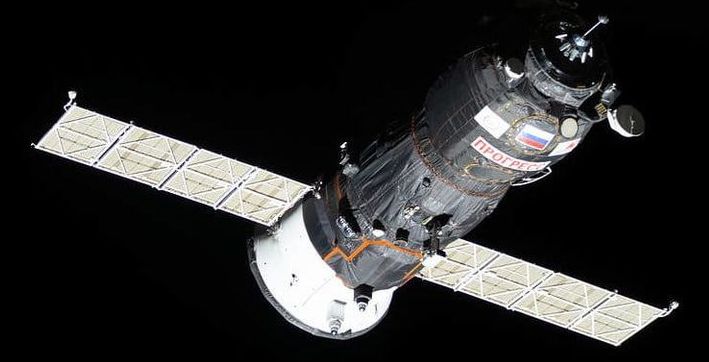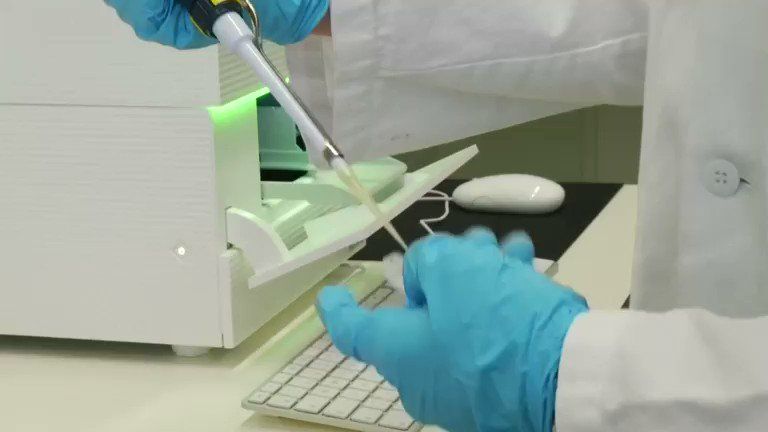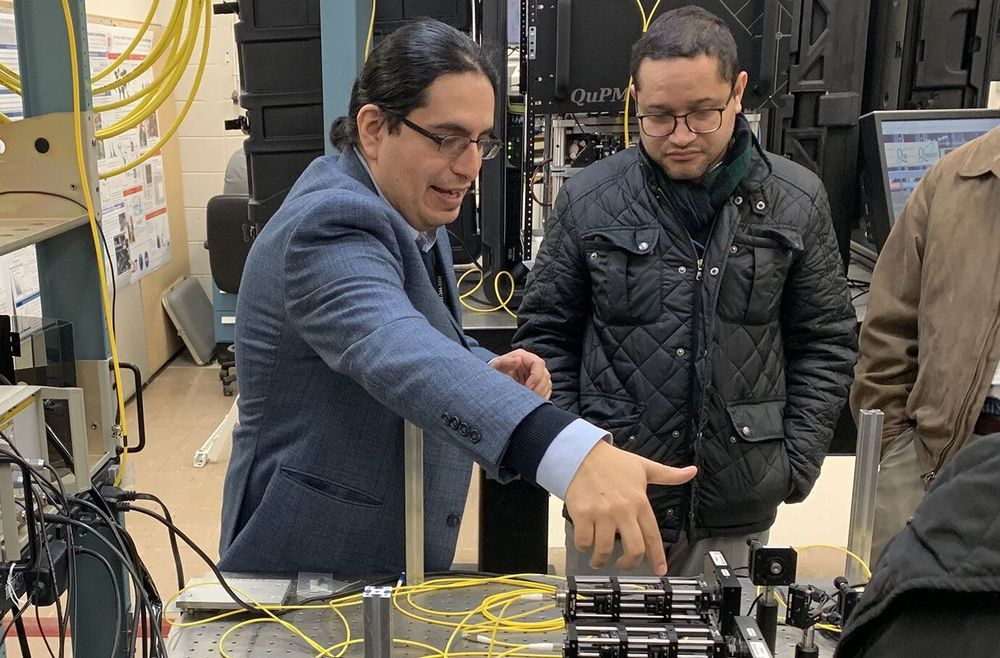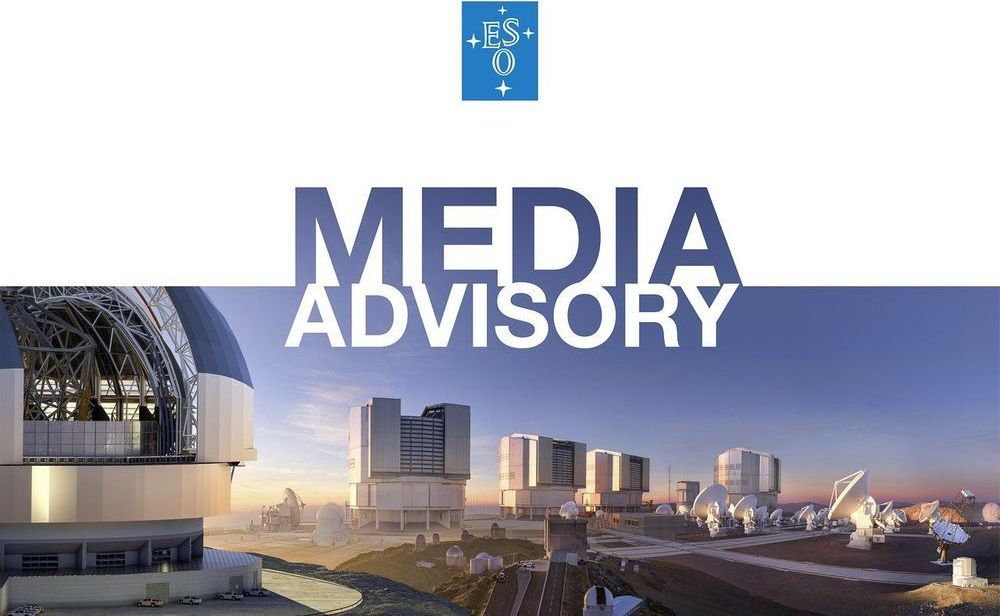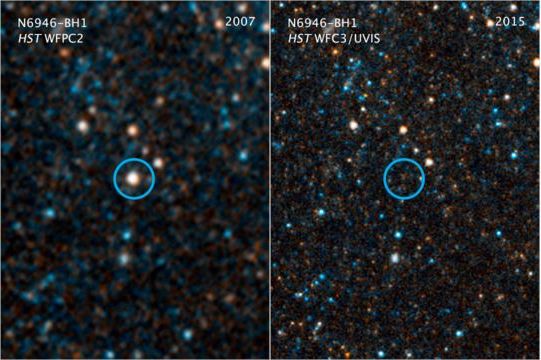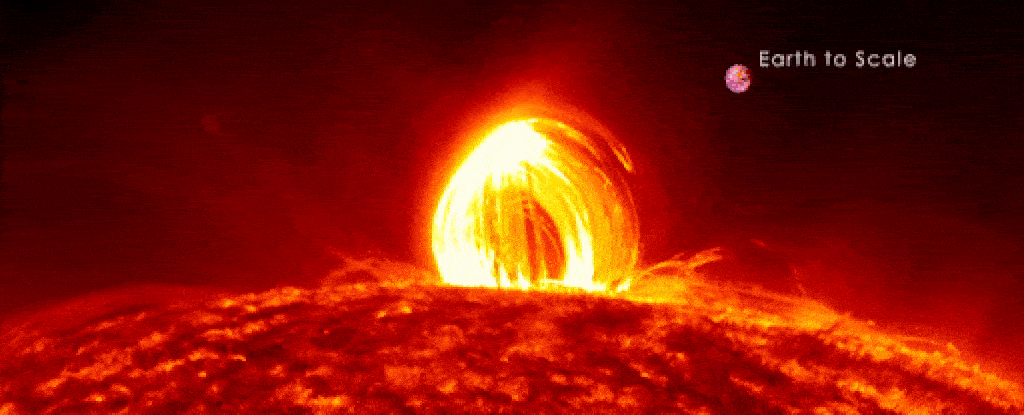Apr 9, 2019
Record-breaking Trip to International Space Station in under 4 Hours
Posted by Genevieve Klien in categories: space, transportation
A resupply mission to the International Space Station (ISS) has made record time, traveling from Earth to the space station in just three hours and 21 minutes. The Soyuz-2.1a carrier rocket with a Progress MS-11 cargo spaceship was launched from the Russian space Agency Roscosmos’ Baikonur Cosmodrome in Kazakhstan at 7:01 a.m. on Thursday, April 4.
The super speedy travel time was possible due to a change in how resupply craft approach the ISS. Before, the resupply craft would have to orbit around the Earth dozens of times in order to catch up with the speed of the space station. But now there is a “fast-track” launch which allows the craft to catch up to the station in just two rotations. The resupply craft is launched less than a minute before the space station passes overhead of the launch site, so the craft can catch up to the station more quickly.
Nick Hague, an astronaut aboard the ISS, tweeted his approval of the achievement. “The progress resupply vehicle made record timing as it launched and docked to the station in under three and a half hours,” he said. “Pretty impressive!” The people of Twitter were impressed too. “…quicker than JFK-LAX!” one person commented.
Continue reading “Record-breaking Trip to International Space Station in under 4 Hours” »
